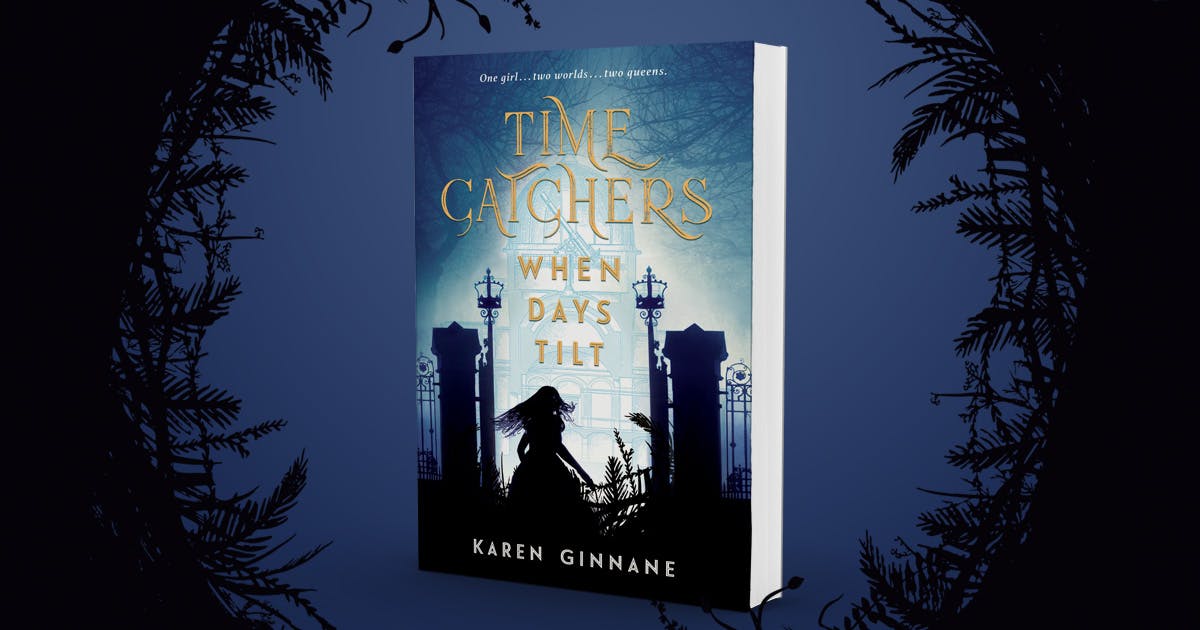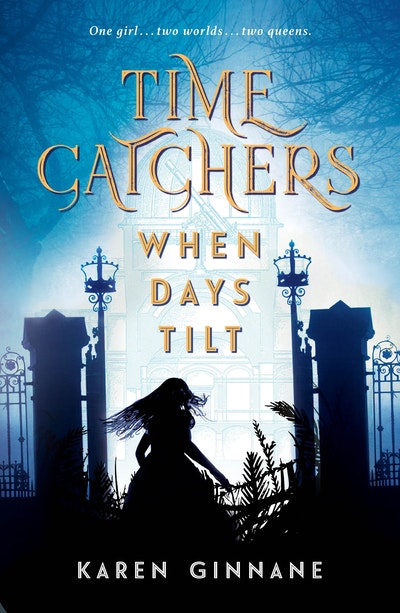Karen Ginnane on the fun facts she learnt while writing When Days Tilt.
If you’re going to write about the past, you have to research. It’s a dry, dusty old word, conjuring up images of dull old books and stern academia – but nothing could be further from the truth. It’s a treasure trove, one of the best things about writing somewhere you can’t know yourself. Hours and days down various rabbit holes – HALLELUJAH for the internet – but also books and conversations with knowledgeable people. It’s addictive; I spend way too long on research, lovingly collecting fascinating little nuggets. Some of these never find their way onto the page but they still warm the cockles of my nerdy little heart. For example:
The incredible population explosion in London in the nineteenth century. In 1801 London was about 5 miles across east to west and home to under one million people; by the end of the nineteenth century it had ballooned to seventeen miles across and contained 6.58 million people – nearly 7 times as many. It would never grow so fast ever again and at this time it was the biggest city the world had ever seen.
London was filthy. The Great Stink of 1858, directly connected to the enthusiasm with which millions of Londoners adopted the new technology of the flushing toilet – which all sluiced directly into the Thames. The result was as disgusting as you might imagine and turned the river into an open sewer. It was unimaginably vile for years until 1858, when the hottest summer on record produced a stench that drove the Members of Parliament out from the House of Commons in disgust, but also in fear of their lives. Back then, people believed that disease was caused by bad air – miasma. This was the turning point for the colossal engineering project that was building the London sewers and river embankments.
Cemeteries were beyond disgusting. As London’s population exploded, so did the overcrowded city graveyards. Until the great ‘Garden Cemeteries’ were built around the outskirts of London from the 1830s, there were too many bodies to fit in the graveyards (especially after a deadly cholera outbreak). Graves were dug up to make way for new bodies and in the worst cases the graveyards were ‘a mass of putrefaction.’ The rotting bodies would produce ‘corpse gas’ which on occasion would build up and cause coffins to explode.
Time doesn't fly if you're a fly. Animals with smaller bodies and faster metabolic rates perceive time more slowly than we do, so they can absorb more information per second. That’s why flies excel at dodging that rolled up newspaper with such apparent ease (anyone seen The Matrix? It’s like the ‘bullet time’ sequence). They have their very own time bubbles.
Before railways, the fastest a human being had ever travelled in the history of the world was at the speed of a galloping horse. Steam-powered passenger railways operated from around 1830 and at first people thought that the dizzying speeds (up to 65km/h) would make passengers unable to breathe, or that the vibrations of the wheels on the tracks would damage the brain. ‘Railway madness’ was feared, with many accounts of the derangement caused by rail travel, such as the Scottish aristocrat who stripped naked during a train ride and leaned out the window, ranting and raving. When the train stopped, he regained his composure and quietly disembarked.
Queen Victoria was a party girl. We think of Queen Victoria as a dumpy, grumpy old woman. In fact, she was just eighteen when she was crowned queen and many of the years of her long reign were as a young woman who loved music, parties and dancing all night. She was romantic and emotional and loved to gossip. She was charming, very affectionate, formed strong attachments to other people including servants, adored animals (she was obsessed with lion tamers) and loved to sing opera. She was also smart and stubborn and would fly into rages – which her husband Albert called her ‘combustibles.’ She adored Albert (and his fine physique) and when he accepted her queenly marriage proposal she gushed in her diary, ‘Oh! To feel I was, and am, loved by such an Angel as Albert was too great a delight to describe! He is perfection; perfection in every way – in beauty – in everything … Oh! how I adore and love him, I cannot say!!!’
Oh, and she also survived eight assassination attempts.
Lastly (and very appropriately for When Days Tilt), Victorian Londoners were obsessed with time. As towns became connected by rail, people had to know what time it was in different places. Back then there was no standardised time, so every town had a different clock reading, with variations of up to half an hour. This soon got really complicated and standardised Railway Time was brought in in 1840 (Greenwich wouldn’t become the centre of time in Britain until 1851, and of the world until 1884. There was a famous Time Lady who used to deliver Greenwich time to businesses all over London – see if you can spot her in my book!). Also because of the railways, people no longer have to live near their work and so the commuter was born, as were regulated working hours, as was the clocking on machine in 1885.The new telegraph also dramatically compressed time; for the first time, people could instantly communicate across miles. At the end of the century, 'Time is Money' was emblazoned on the cover of a Tube map. Life sped up for everyone and has never slowed down since.















